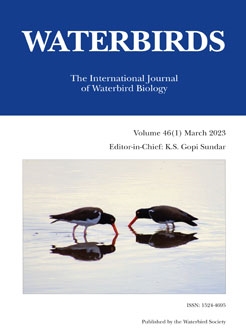Migration is an important part of the life history of avians. Understanding the migration routes of birds is of great significance to unravel the migration strategies and mechanisms of birds and helps to conduct important conservation work at key sites. Currently, there are still some deficiencies in the migration research of long-lived endangered birds such as cranes. In August 2018, two pairs (n = 4) of sibling juvenile White-naped Cranes (Antigone vipio) were tracked in Mongolia. Based on the tracking data, unusual migration routes of White-naped Crane were recorded during the juvenile and subadult stages. Three individuals died when exploring a new route during autumn migrations. These individuals used completely different spring migration routes each year in the juvenile and subadult stages, with the longest migration distance being approximately 4,495 km. There were significant differences in migration durations and stopover durations (P = 0.01) between spring and autumn migrations. Evidence of nocturnal migration by White-naped Cranes was recorded, and the longest continuous flight time recorded exceeded 19 hours. The results of this study will contribute to further understanding and research on the migration of this vulnerable species.
How to translate text using browser tools
22 November 2023
Satellite Tracking Reveals an Exploration of Migration Routes by White-Naped Cranes (Antigone vipio)
Li-Jia Wen,
Purev-Ochir Gankhuyag,
Jia-Jia Chen,
Yumin Guo
ACCESS THE FULL ARTICLE

Waterbirds
Vol. 46 • No. 1
March 2023
Vol. 46 • No. 1
March 2023
exploration
Migration route
satellite tracking
subadults
White-naped Crane (Antigone vipio)




